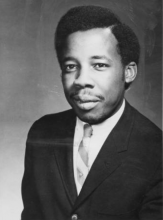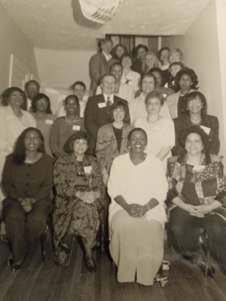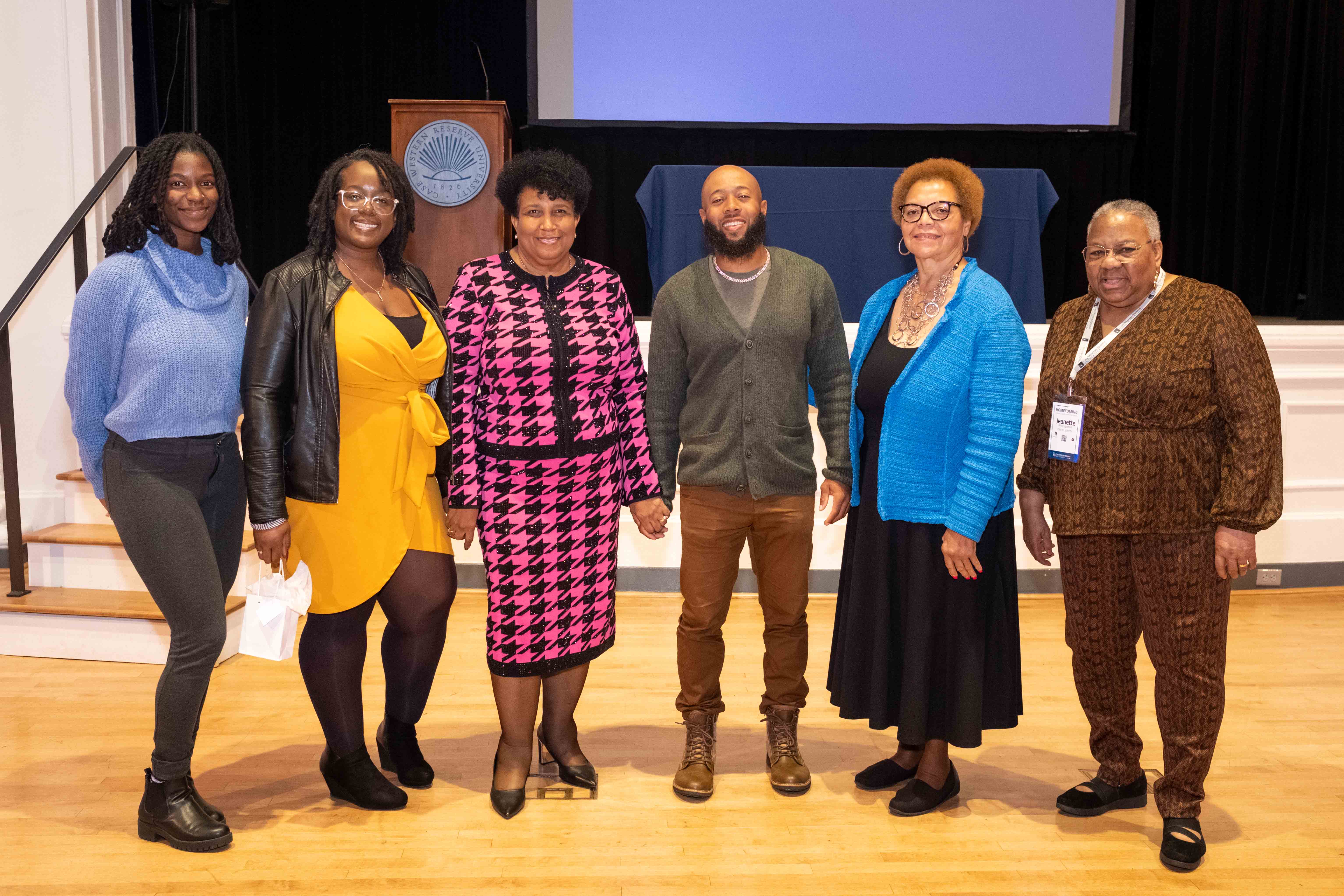Tracing the lineage of Case Western Reserve University’s African American Alumni Association
It has been just 14 years since the African American Alumni Association (AAAA) was officially established at Case Western Reserve University, but the group’s roots date back more than five decades to a tumultuous period in the United States.
In honor of Black History Month, we sat down with active volunteer and 2022 winner of the AAAA’s President’s Award, Linda Berry Wheatt (FSM ’72; GRS ’77, education), who gathered accounts from fellow alumni to share the association’s story of activism, fellowship and perseverance.
A pivotal moment
Racial tensions in late 1960s Cleveland mirrored mounting social unrest in the nation. Outrage over police brutality, prejudiced city systems and employment discrimination was reaching a boiling point for residents of one of Cleveland’s predominantly Black neighborhoods, Hough, and in 1966, five days of riots in the community resulted in four deaths, 275 arrests and many injuries.
Similar riots erupted across the country the following year and, in April 1968, charismatic civil rights leader Martin Luther King Jr. was assassinated. As the country mourned the monumental loss, so did the small population of Black students at Case Western Reserve, many of whom often felt removed from the broader university community.
“The isolation created by the social dynamics of campus life forged a bond between African American students,” said Iverson Banks Bey (WRC ’74). “This bond became the foundation of Afro Am.”
The African American Society
The African American Society—or "Afro Am,” as it is often called—was formally established in 1968. It was organized entirely by student leaders, including then-undergraduate Stephanie Tubbs Jones (FSM ‘71, LAW ‘74)
In addition to social activities, the group staged demonstrations—including a sit-in at university President Robert W. Morse’s office—that helped bring about change, such as increased numbers of Black students, faculty, staff and programming. It also led to the hiring of Michael Fisher, the university’s first Black admissions officer.
Fisher was active in his role as Afro Am’s staff advisor, encouraging Black students to fight injustice and advocate for their community. Through the efforts of Sandra Allen (FSM ‘71, GRS ‘72), Fisher’s legacy would later be honored by an endowed scholarship at CWRU.
Afro Am provided a sense of belonging that continued after graduation, as members created a directory of Black alumni and planned meet-ups on various cities over the ensuing decades.
In 1999, Dan Clancy (LAW ‘62), then executive director of alumni relations at CWRU, helped to coordinate a reunion in Cleveland—an evening of dinner and dancing that inspired a lasting tradition for the group. They held their first on-campus gathering the following year and in 2001, joined the university’s homecoming festivities.
It would be several years before they became a Case Western Reserve affinity group, but the connection to their alma mater steadily grew stronger.
“Quad A” is born
In October 2009, the close-knit community of graduates officially became the African American Alumni Association of Case Western Reserve University.
“It’s been mutually beneficial,” said Wheatt. “It’s nice to have access to university facilities and resources, but what’s really special is being able to support and connect with current students. They enjoy asking us questions about what it was like ‘back in the day.’”
Student engagement is core to the AAAA’s values of legacy, community and scholarship, and alumni continue to collaborate with the African American Society, the Black Student Union and other campus groups serving CWRU’s Black community. In the coming years, the association plans to expand its offerings—which include speaker series, continuing education and networking events—with more formalized mentorship programs.
Today, “Quad A,” as it’s known colloquially, consists of roughly 276 members, many of whom have been active since the inception of the African American Society. But Wheatt reports the group is confidently passing the leadership torch to younger alumni. Among them is the association’s newest president, Tiarra Thomas (CWR ‘12), who took the helm in January.
"In the spirit of building upon the legacy of the alumni before us and taking CWRU into a more inclusive future,” said Thomas, “we want to continue to grow the African American Alumni Association, engaging more graduates than ever before through events and programs such as our Weekend in Washington, D.C.
“We also will work to mentor and support current students during their time on campus,” she noted, “and encourage their continued leadership after graduation as part of the African American Alumni Association."





